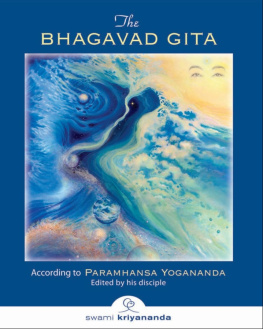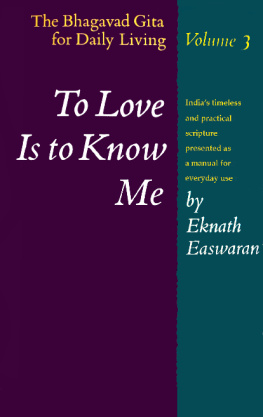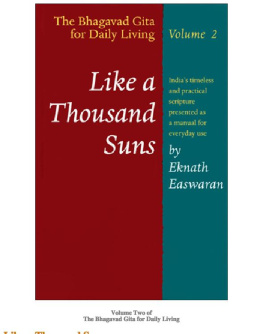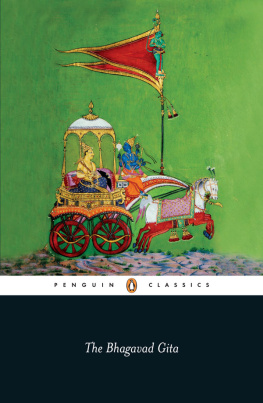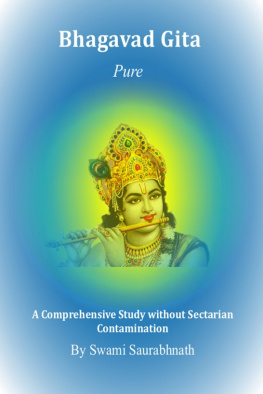Teitsworth - The path to the guru : the science of self-realization according to the Bhagavad Gita
Here you can read online Teitsworth - The path to the guru : the science of self-realization according to the Bhagavad Gita full text of the book (entire story) in english for free. Download pdf and epub, get meaning, cover and reviews about this ebook. year: 2014, publisher: Inner Traditions / Bear & Company, genre: Religion. Description of the work, (preface) as well as reviews are available. Best literature library LitArk.com created for fans of good reading and offers a wide selection of genres:
Romance novel
Science fiction
Adventure
Detective
Science
History
Home and family
Prose
Art
Politics
Computer
Non-fiction
Religion
Business
Children
Humor
Choose a favorite category and find really read worthwhile books. Enjoy immersion in the world of imagination, feel the emotions of the characters or learn something new for yourself, make an fascinating discovery.

- Book:The path to the guru : the science of self-realization according to the Bhagavad Gita
- Author:
- Publisher:Inner Traditions / Bear & Company
- Genre:
- Year:2014
- Rating:3 / 5
- Favourites:Add to favourites
- Your mark:
The path to the guru : the science of self-realization according to the Bhagavad Gita: summary, description and annotation
We offer to read an annotation, description, summary or preface (depends on what the author of the book "The path to the guru : the science of self-realization according to the Bhagavad Gita" wrote himself). If you haven't found the necessary information about the book — write in the comments, we will try to find it.
Reveals the scientific approach to personal development and spiritual enlightenment laid out in Krishnas advice to Arjuna
Shows how the Gita prepares you to work with a guru, advocating authenticity and skepticism rather than blind devotion and obedience
Explores Krishnas advice on which societal limitations to reject to overcome your fears and reconnect with the suppressed parts of your inner being
Drawing on his more than 40 years of in-depth study of Indian Philosophy under the tutelage of his guru, Nitya Chaitanya Yati, author Scott Teitsworth explores the scientific approach to self-transformation and spiritual enlightenment encoded in Krishnas advice to Arjuna in the Bhagavad Gita. Providing a verse-by-verse examination of the first two chapters, he reveals the Gitas lessons to prepare the seeker to meet and successfully work with a guru--whether an outside teacher or the intuitive knowledge that arises from overcoming the psyches learned limitations.
The author shows that the Gita does not advocate blind devotion to a guru or god but rather personal development, victory over your fears, and liberation of the psyche. He demonstrates how Krishnas advice provides tools to guide us out of our fear-based experiences to reconnect with the suppressed parts of our inner being. He explains how Arjunas doubts and confusions represent the plight of every person--we are born free but gradually become bogged down by the demands of our society, continuously dependent on outside authority for answers and disconnected from our true inner nature. He reveals how Krishnas advice offers guidance for dealing with lifes conflicts, which societal limitations to reject, and how to see through the polarizing notion of good versus evil to form a balanced state of mind superior to both.
Restoring the fearless vision of the ancient rishis, who, like todays scientists, prized skepticism as an important technique for accessing truth, Teitsworth reveals the Gita as a guide to an authentic guru-disciple relationship as well as to constructing a life of significance, freedom, and true sovereign adulthood
Teitsworth: author's other books
Who wrote The path to the guru : the science of self-realization according to the Bhagavad Gita? Find out the surname, the name of the author of the book and a list of all author's works by series.


